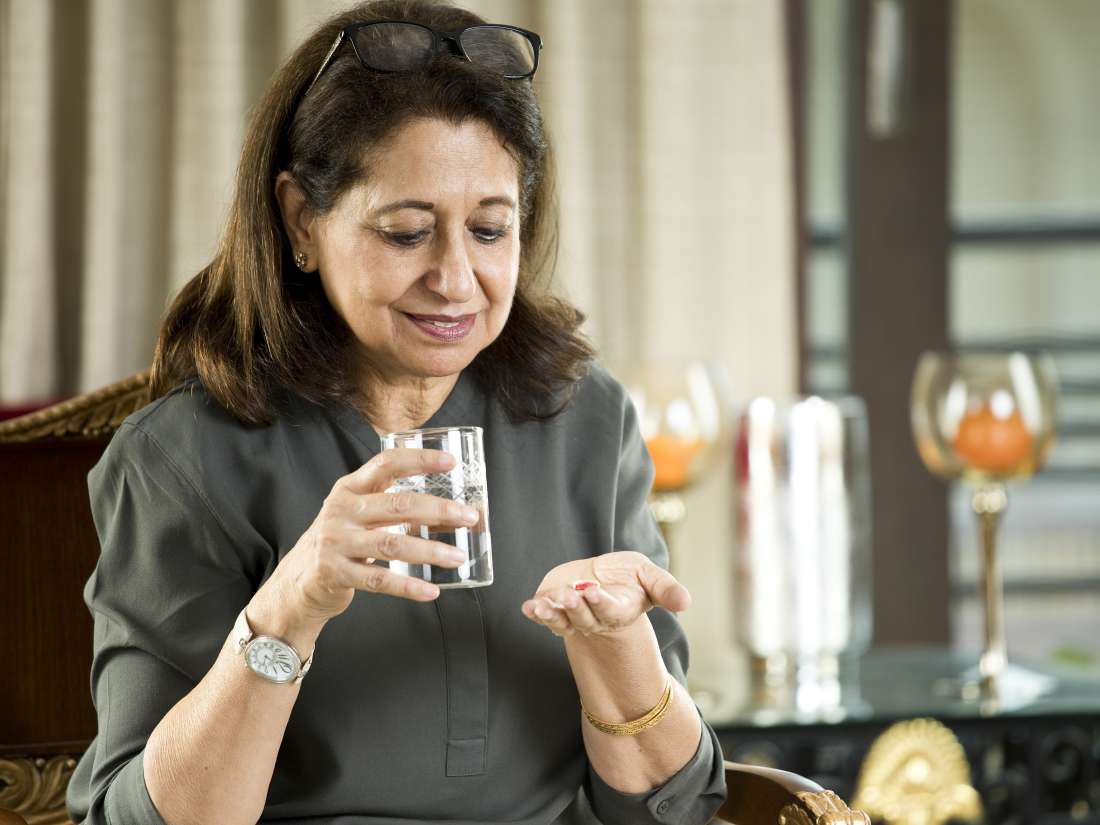A yeast infection is a form of vaginitis, which means inflammation in the vagina. Vaginitis is common, affecting one-third of females at some point in their lives.
Vaginal candidiasis, caused by Candida fungus, is the second most common type of vaginal infection in the United States, after bacterial infections.
This article looks at how taking antibiotics can lead to yeast infections. It also describes which antibiotics can cause these infections and how to treat them.
Antibiotics and yeast infections

Antibiotics may kill beneficial bacteria in some parts of the body.
A yeast infection occurs when something upsets the delicate balance of bacteria and yeast in the vagina.
A small amount of Candida fungus is usually present in the vagina, and beneficial bacteria help keep this fungus in check.
Antibiotics work by killing bacteria that cause infection, but they can also kill beneficial bacteria in other parts of the body, including the vagina.
Without enough beneficial bacteria to keep the yeast at bay, Candida yeast can multiply, causing the symptoms of a yeast infection.
Some people are more prone to yeast infections than others. According to current estimates, 8% of females have recurring Candida infections, and around 5% have four or more yeast infections in a year. They can develop at any age, but these infections are more common during reproductive years.
Symptoms
The common symptoms of a vaginal yeast infection tend to be more noticeable just before a menstrual period. A person may experience:
These symptoms are mild in most cases. In severe infections, redness, swelling, or cracks form in the walls of the vagina.
It can be difficult to distinguish between a yeast infection and a urinary tract infection (UTI). Learn to tell the difference here.
List of antibiotics that can cause yeast infections
Not all antibiotics are likely to cause yeast infections — only broad spectrum antibiotics tend to have this effect. These drugs can kill several different types of bacteria.
The following three types of broad spectrum antibiotic, in particular, may increase the risk of a yeast infection:
Tetracyclines

A doctor may prescribe tetracyclines to treat eye infections, acne, or UTIs.
Doctors prescribe tetracyclines for acne, UTIs, intestinal tract infections, eye infections, sexually transmitted infections, and gum disease.
Examples of tetracyclines and common brand names include:
- demeclocycline (Detravis)
- doxycycline (Adoxa)
- eravacycline (Xerava)
- minocycline (Minocin)
- omadacycline (Nuzyra)
- tetracycline (Sumycin)
Quinolones
Doctors prescribe quinolones for difficult-to-treat UTIs, hospital-acquired pneumonia, and bacterial prostatitis. Common examples include:
Broad spectrum penicillins
Broad spectrum penicillins, such as ampicillin and amoxicillin, may also lead to yeast infections.
Treatment
It is usually straightforward to treat a yeast infection. In most cases, the person will either apply a cream or ointment to the inside of the vagina or take a pill containing fluconazole.
A doctor can prescribe antifungal creams or tablets. People can also find over-the-counter antifungal vaginal creams at drugstores, or choose between brands online.
Pregnant women should avoid treating yeast infections with fluconazole, due to the risk of birth abnormalities. Research has not indicated that a single 150-mg dose of fluconazole can cause this effect, but taking it for longer periods or at a higher dosage carries this risk.
Some infections require stronger treatment, including infections that keep coming back. In this case, a doctor may recommend additional doses of fluconazole or creams that contain boric acid, nystatin, or flucytosine.
The Centers for Disease Control and Prevention (CDC) recommend that anyone who suspects that they have vaginal candidiasis speak to a healthcare professional. This is because the symptoms are similar to those of other vaginal infections, which require different treatment.
A healthcare provider can ensure that a person gets the right medication for the infection. To identify vaginal candidiasis, they usually take a small sample of vaginal discharge for examination under a microscope.
Some people try home remedies to treat yeast infections. Read about common home remedies, and how well they work, here.
Prevention

Eating yogurt that contains live cultures may help prevent yeast infections.
Taking certain antibiotics increases the risk of a yeast infection. Other factors that increase this risk include:
- using a douche or vaginal spray
- using hormonal contraceptives, such as birth control pills
- pregnancy
- diabetes
- having a weakened immune system, possibly because of HIV or medications that affect the immune system, such as steroids or chemotherapy
While yeast infections are more common among sexually active people, there is no evidence that they are sexually transmitted.
People can help prevent vaginal candidiasis by taking antibiotics only when they are necessary. It is worth remembering that antibiotics do not work on viral infections, such as a cold or the flu.
Antibiotics also do not work on some common bacterial infections, such as many types of bronchitis, sinus infection, and ear infection. Always speak to a healthcare professional before starting a course of antibiotics.
Wearing cotton underwear can also help prevent yeast infections.
In addition, there is some evidence that eating yogurt that contains live cultures every day or taking Lactobacillus acidophilus capsules may help prevent these infections.
While little high-quality research has investigated this use of probiotics, many healthcare providers recommend taking a probiotic supplement either during or immediately after completing a course of antibiotics to reduce the risk of a yeast infection.
Summary
Some types of antibiotics can lead to a vaginal yeast infection, which is a form of vaginitis known as vaginal candidiasis.
Antibiotics kill bacteria, which can upset the delicate balance of yeast and bacteria in the vagina. This allows the Candida fungus to multiply, leading to symptoms such as itching, burning, or pain during sex.
It is usually straightforward to treat yeast infections with over-the-counter antifungal medications. However, anyone who suspects that they have this type of infection should speak to a doctor to rule out other issues with similar symptoms.
We picked linked items based on the quality of products, and list the pros and cons of each to help you determine which will work best for you. We partner with some of the companies that sell these products, which means Healthline UK and our partners may receive a portion of revenues if you make a purchase using a link(s) above.
